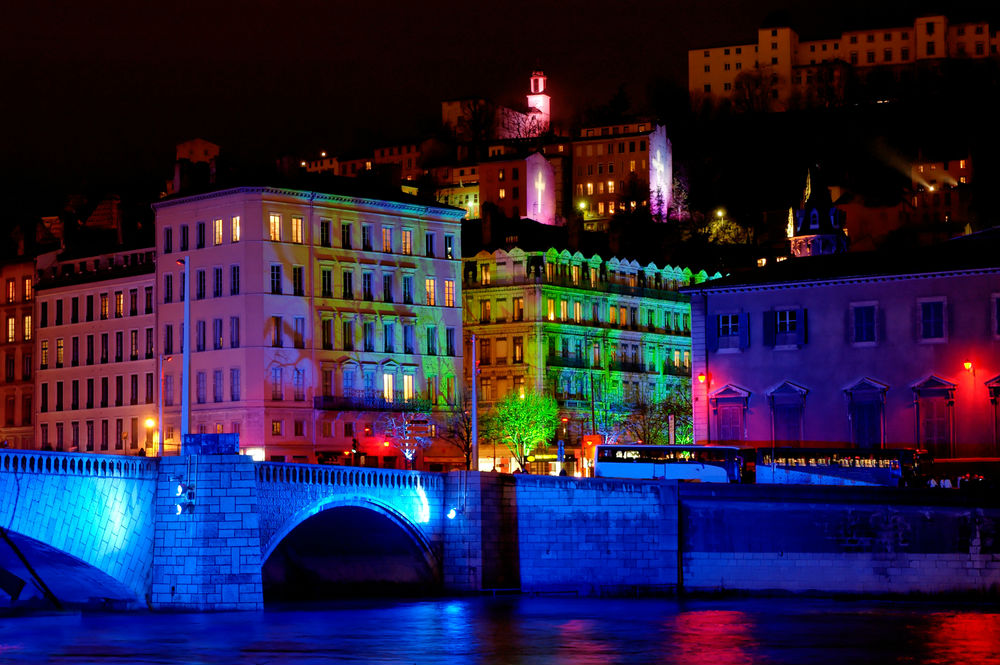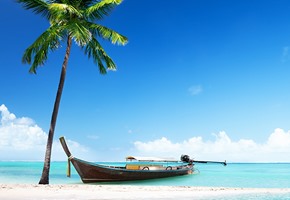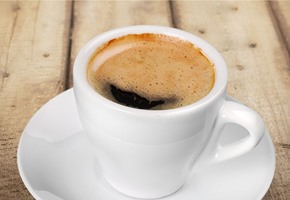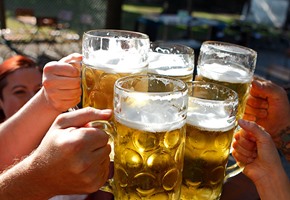Christmas is one of the most magical times of the year for people all over the world. From a red-clad Santa Claus in America, to a sixpence in your Christmas pudding in England, the traditions surrounding Christmas vary from country to country, each with its own grounding in national history. Today we're looking to the fun festivities of France and Spain, to see how Christmas is celebrated in these popular European holiday destinations.
Charming France incorporates many traditions that permeate western Europe into its Christmas festivities, adding a few of its own for good measure. Here are some of the highlights of celebrating Christmas in France.
As a largely Catholic nation, French Christmas celebrations are shaped by the customs and practices of their dominant religion. Whilst both Santa Claus and St Nicholas are celebrated in France, the holiday is considered more spiritual than is perhaps the case in the UK. Nativity scenes are a common household decoration, and December 8th is considered a holy day, dedicated to the Virgin Mary. In Lyon, Mary is celebrated with the 'Fête des Lumières', or 'Festival of Lights', which runs from the 5th to the 8th of December each year, and sees the entire city come to life with vibrant illuminations.
France also recognises St Nicholas' Day, and like many versions of this charming precursor to Santa Claus, the friendly gift-giver has a dark counterpart. Known as Le Père Fouettard, this festive bogeyman represents the legend of an evil butcher, who is said to have kidnapped three young, rich boys, who were on their way to join a religious school. The evil Le Père Fouettard, or 'Father Whipper', then kills the boys for their money, only to be discovered by the miraculous St Nicholas, who resurrects the boys, and forces repentance from Le Père Fouettard. Nowadays, it is said to be Le Père Fouettard who leave twigs in the shoes of naughty children - and who may also inflict corporal punishment to the unruliest with his whip.
Celebrated on February 2nd, Candlemas (known in France as 'La Chandeleur') is a religious rite that signifies the first presentation of Jesus to the temple, and the ritual purification of Mary after childbirth. Taking place exactly 40 days after Jesus' birth, Candlemas is celebrated by lighting a candle, representing the light of Jesus.
Christmas is often warm in Spain, both in climate and spirit. As one of the most popular periods of celebration for the year, Spanish festive traditions are full of cheer and joy, with a strong religious and family-oriented focus.
Christmas celebrations in Catholic Spain reach their peak on Christmas Eve. The main Christmas meal is eaten for dinner on the 24th of December, preparing families to stay awake for Midnight Mass, also known as 'Misa Del Gallo', or 'Mass of the Rooster', as it is thought a rooster was crowing when Jesus was born. Following a hearty meal and the sermon, many Spanish people then take to the streets to celebrate, calling out the popular Spanish saying for this evening: 'Esta noche es Noche-Buena, y no es noche de dormir', or, 'It is Christmas Eve, and not a time for sleeping.'
Celebrated on December 28th, the Day of the Innocent Saints is a very similar tradition to Britain's April Fools' Day. It is acceptable, on this one day a year, for everyone to participate in mutual pranking and practical jokes, which they do with enthusiasm. A common joke is to cut out a small figure from white paper and attach it to a person's back, without their knowledge, seeing how long it takes for them to remove the paper. For this reason, many Spanish Christmas markets also supply wigs, itching powder and various comedic novelties, in addition to the usual array of Christmas fare.






